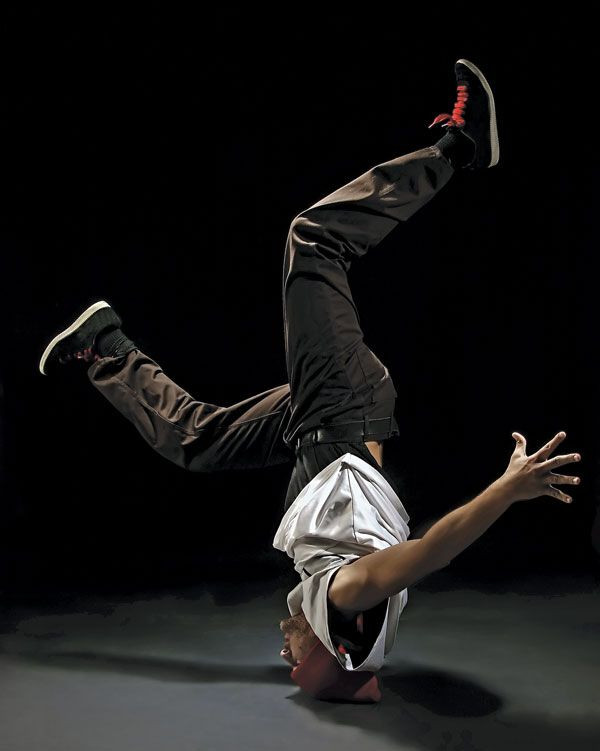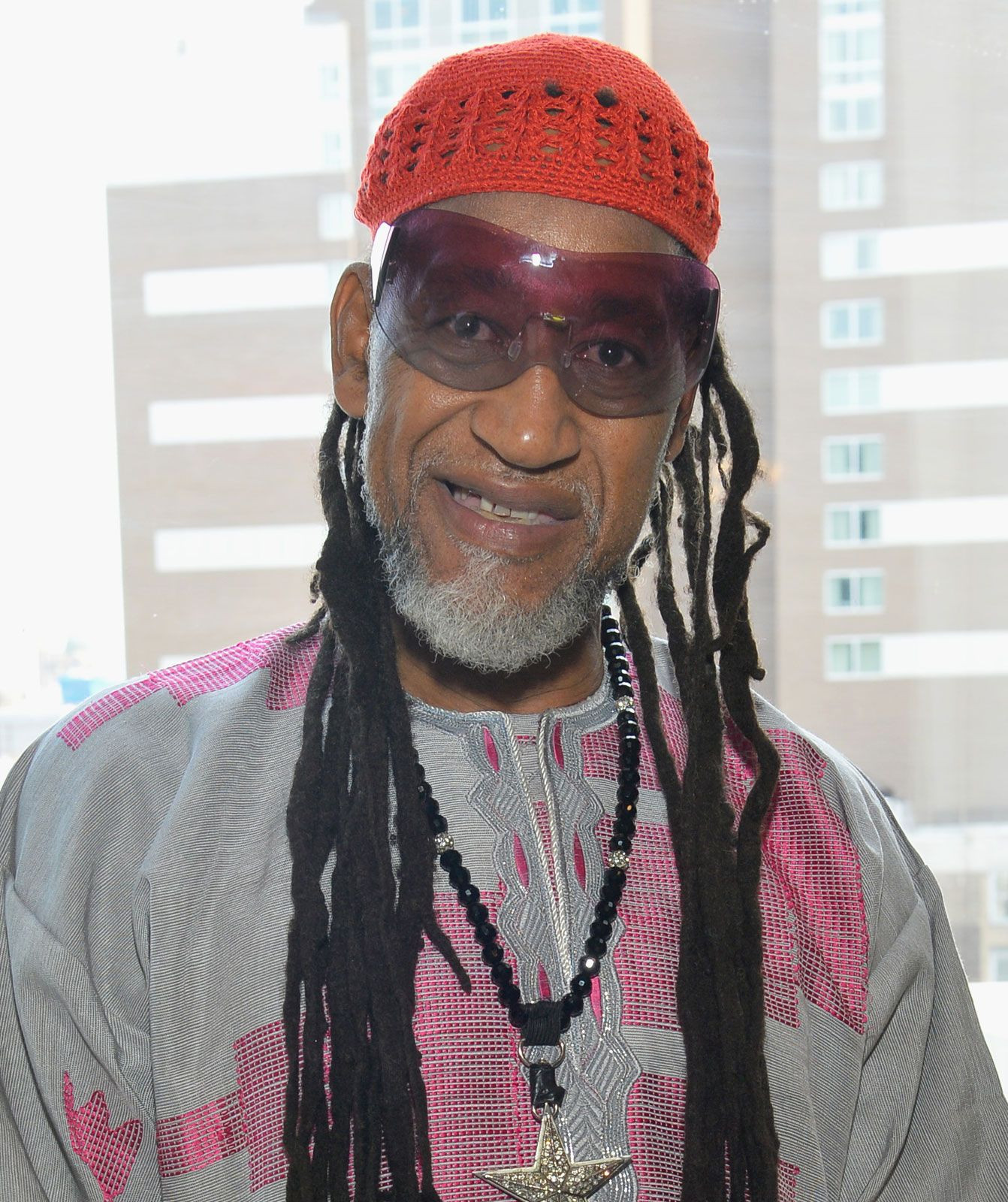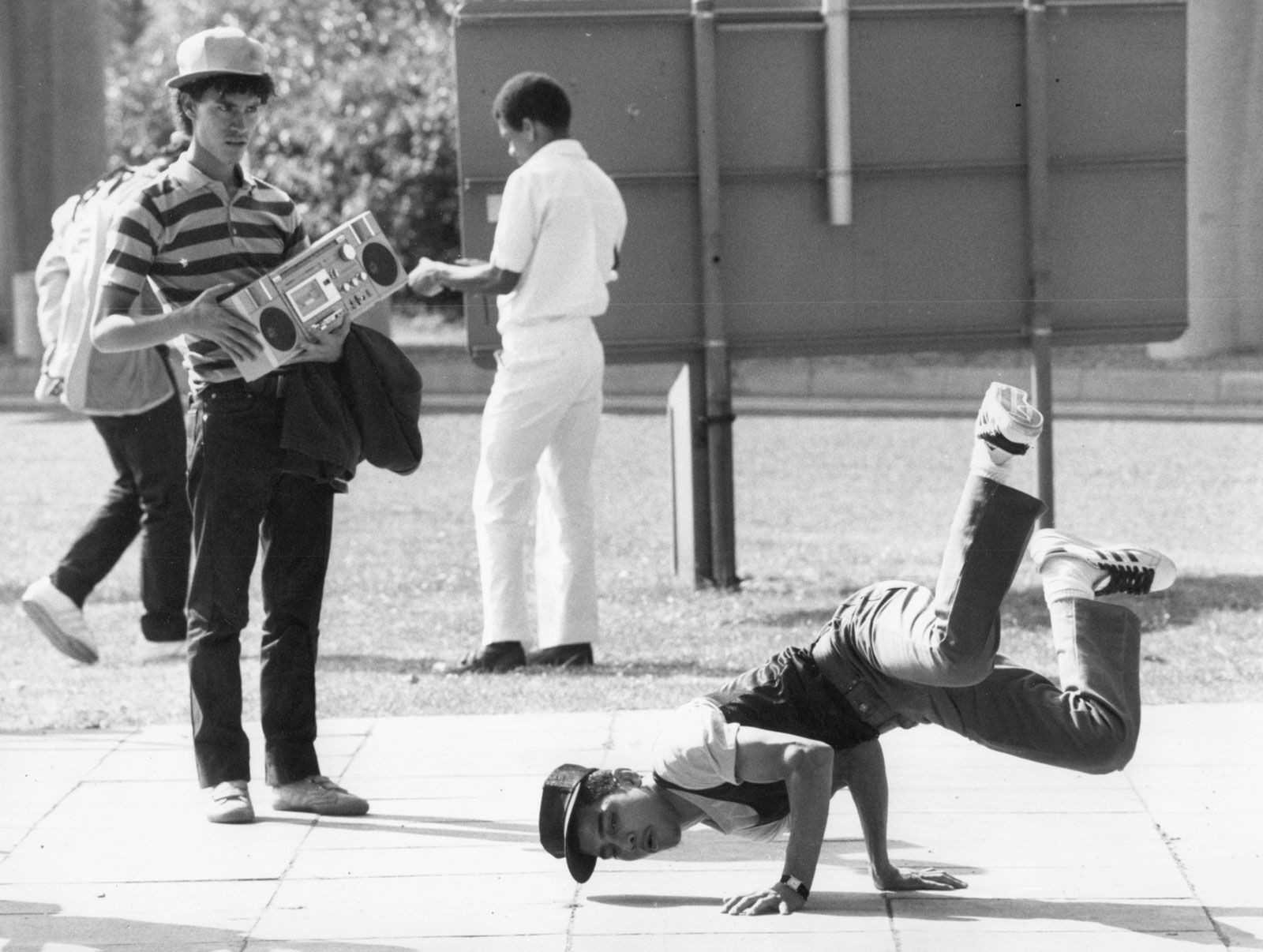Breaking Dance, also known as breakdancing or breaking, is an electrifying and acrobatic dance form that originated from the streets of New York City in the late 1960s and early 1970s. Born from African American and Latino communities, breaking is characterized by its improvisational nature and dynamic moves, drawing inspiration from martial arts, gymnastics, and various other dance styles. It’s a high-energy expression of creativity, athleticism, and the spirit of urban streets.
 A dynamic break dancer performing a power move, showcasing the energy and athleticism of breaking dance.
A dynamic break dancer performing a power move, showcasing the energy and athleticism of breaking dance.
The core of breaking dance lies in its diverse vocabulary of movements. These are broadly categorized into foundational elements like freezes (pauses in striking positions), powermoves (acrobatic feats like spins), downrock (footwork performed on the floor), and toprock (upright rhythmic steps). Breakers, as the dancers are known, constantly innovate and personalize these moves, emphasizing originality and flair. The dance is not just about physical prowess; it’s about storytelling through motion, often infused with humor and a sense of daring. The baggy clothing, sneakers, and sideways baseball caps often associated with breaking are practical choices for movement and style, reflecting its street roots.
 DJ Kool Herc, the pioneer of breakbeat DJing and a key figure in the origins of breaking dance, pictured in 2018.
DJ Kool Herc, the pioneer of breakbeat DJing and a key figure in the origins of breaking dance, pictured in 2018.
A pivotal figure in the genesis of breaking dance is DJ Kool Herc (Clive Campbell). Herc, a Jamaican DJ in New York, pioneered the technique of “cutting breaks.” By isolating and extending the percussive breaks in records, he created continuous loops of danceable beats. These extended breaks became the signal for dancers to showcase their acrobatic skills. Herc would famously shout “B-boys go down!” to cue the dancers, thus coining the term “B-boy” and “B-girl” for breakers. This innovation in DJing provided the rhythmic foundation upon which breaking dance culture flourished.
Breaking dance transcended its street origins in the 1980s, entering mainstream culture. Artists like Michael Jackson popularized moves like the moonwalk, bringing breaking elements to a wider audience. The media coined the term “break dancing” during this period, sometimes broadly applying it to related West Coast styles like popping and locking. While these styles are distinct, the increased visibility helped propel breaking into global consciousness. Its influence became apparent in modern dance, music videos, and concerts by major pop icons like Britney Spears, demonstrating its widespread appeal.
 Break dancers performing in London, England in 1983, illustrating the global spread of breaking dance in the 1980s.
Break dancers performing in London, England in 1983, illustrating the global spread of breaking dance in the 1980s.
The ultimate recognition of breaking dance’s cultural significance arrived when the International Olympic Committee approved it as an official sport for the 2024 Olympics in Paris. This landmark decision solidified breaking’s journey from underground street dance to a globally recognized and respected athletic discipline. From its grassroots beginnings to the Olympic stage, breaking dance continues to evolve, inspire, and captivate audiences worldwide, celebrating creativity, athleticism, and the enduring power of street culture.
